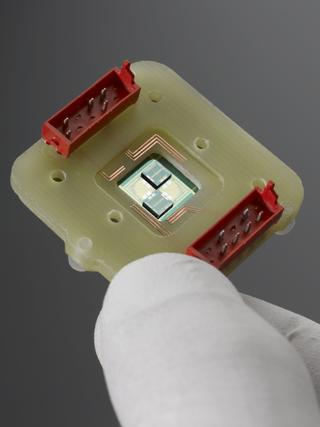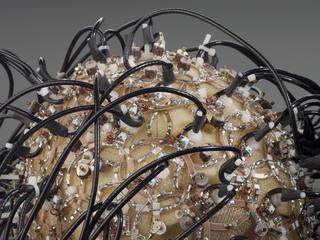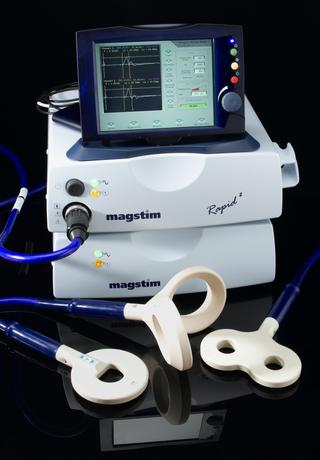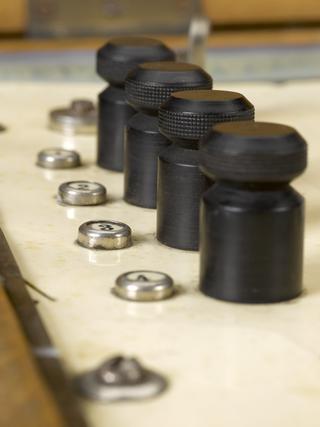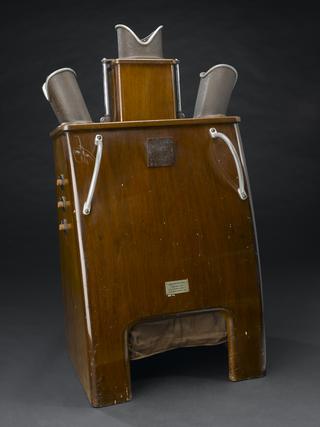

3D printed model of a fetal brain showing agenesis of the corpus callosum (ACC) at 21 weeks gestation. Made by the Centre for Advanced Additive Manufacturing (AdAM) at the University of Sheffield
Made by researchers at the University of Sheffield, this model shows one way 3D printing is being used in medicine. Part of a teaching set for radiologists, these true to size models are used to help improve their understanding of fetal anatomy and in-utero MRI (magnetic resonance imaging) scanning. MRI scans produce layers and layers of 2D images which have been combined to create and print this 3D model. By turning these images into something physical, the researchers hope to help radiologists visualise and understand what they see in scans. Within the set, there are examples of brain malformations at several gestational ages which can be compared to examples showing healthy brain development.
Agenesis of the corpus callosum (ACC) is a rare condition in which the part of the brain that connects the two halves (the corpus callosum) is partially or completely missing. The symptoms vary hugely and depend on how affected the corpus callosum is. It’s often diagnosed in the first few years of life.
Details
- Category:
- Radiomedicine
- Object Number:
- 2019-474
- Materials:
- thermoplastic polymer (Nylon 12)
- Measurements:
-
overall: 65 mm x 50 mm x 45 mm,
- type:
- model

